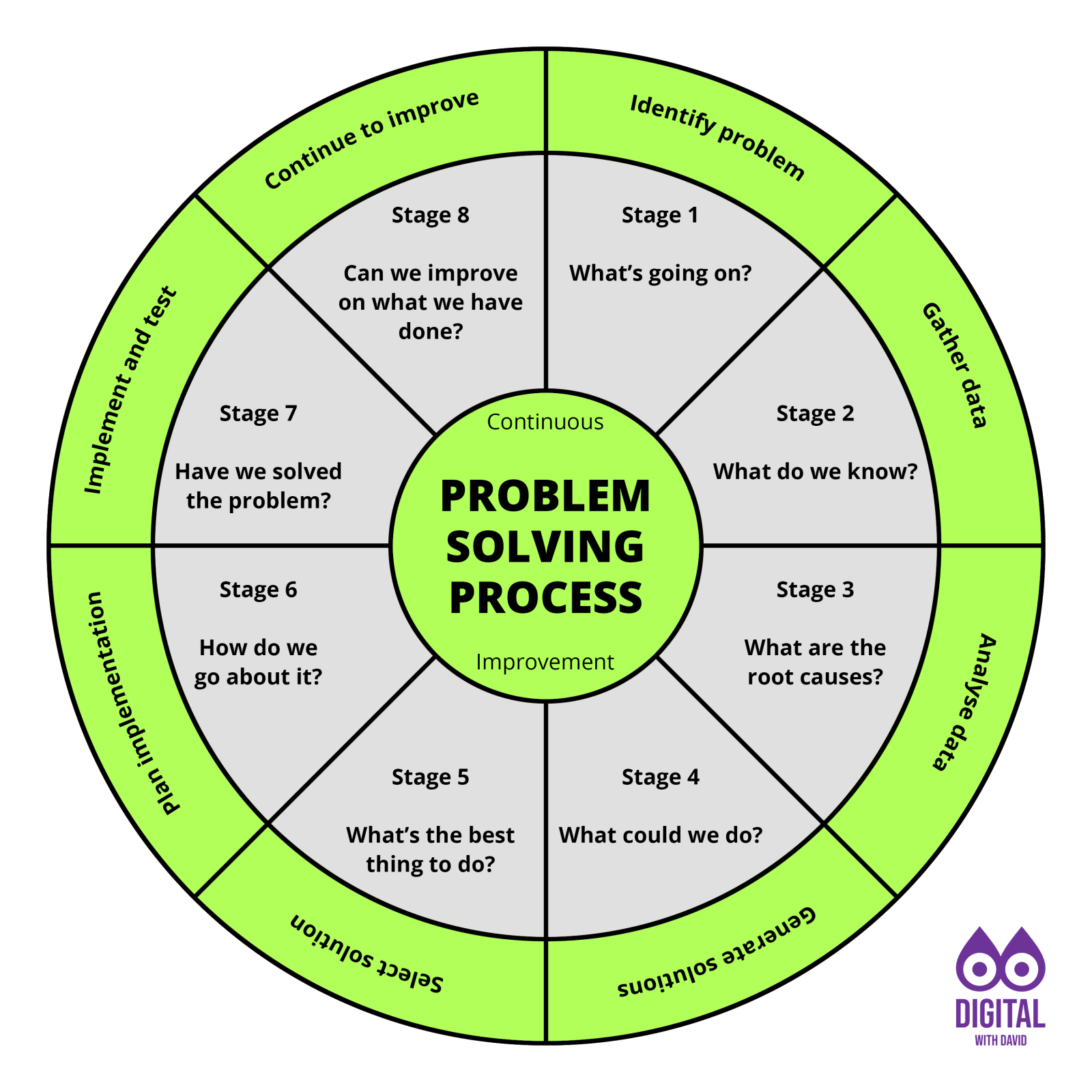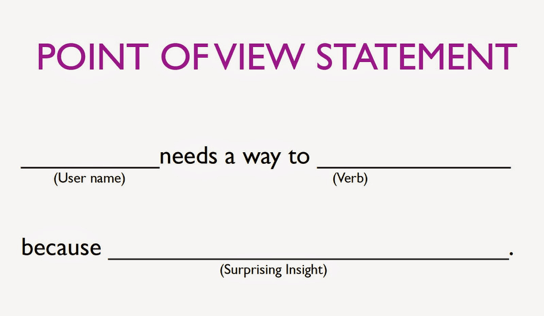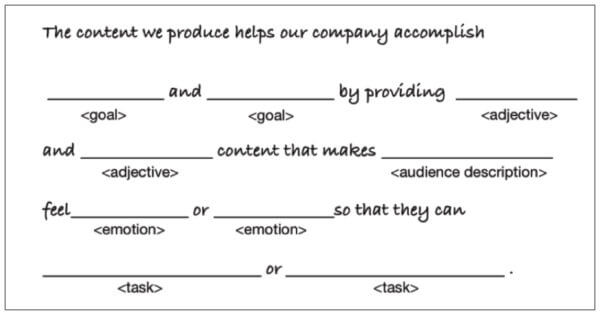A problem statement is a concise description of an issue to be addressed or a condition to be improved upon. It identifies the gap between the current (problem) state and desired (goal) state of a process or product. Focusing on the facts, the problem statement should be designed to address the 5 W’s – who, what, where, when, and why. The first condition of solving a problem is understanding the problem, which can be done by way of a problem statement. Source: Wikipedia
- It should focus on only one problem
- It should be succinct
- It should not suggest a solution
- It should be phrased as a question
- It should not impose limitations
- It should be actionable
- It should be specific
- It should be human-focused, not organisation-focused
How Might We
How Might We (HMW) opens up Ideation sessions where you explore ideas that can help you solve your design challenge.
Expand on the HMW questions
- How might we…?
- In What Ways Might We…?
- What’s stopping us from…?
- In what ways could we…?
- What would happen if…?
From there, you can ask follow-up questions such as:
- Why would we…?
- What has changed to allow us to…?
- Who would need to…?
- When should we…?
User need statement example
I am a college student and I hate folding laundry because I can’t seem to fold it the right way.
Point of view question example
- How can we make it easier for college students to fold their laundry?
- How might we encourage students to fold their laundry?
- What’s stopping us from producing a series of how-to guides?
- How might be make it easier for students to wash their clothes?
- What’s stopping us from employing people to teach / help students?


